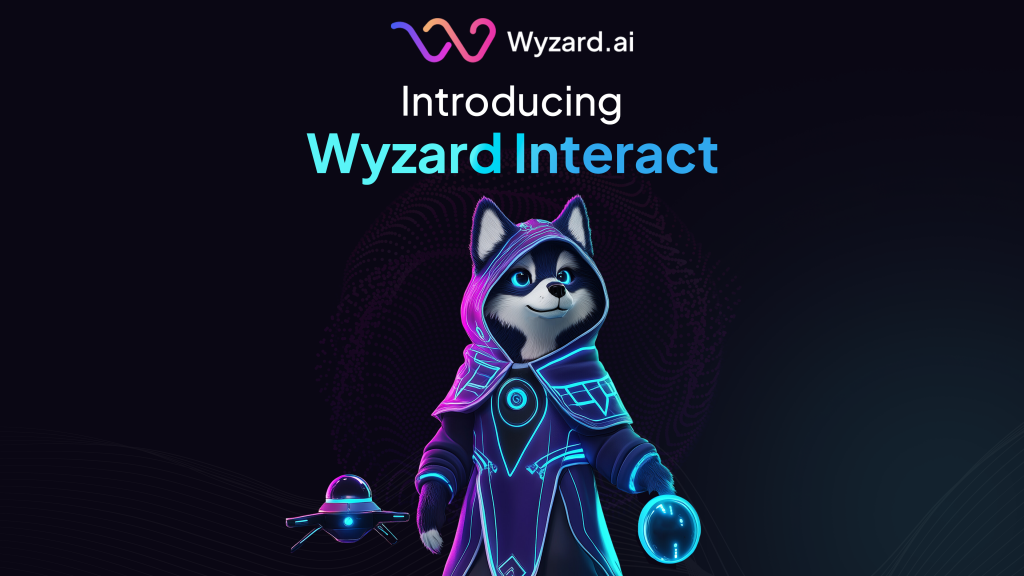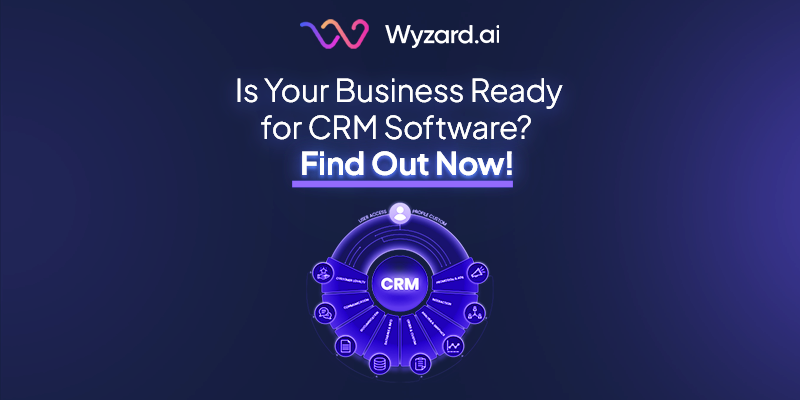Hi, I am Wyzard, your visionary guide in a world where the buying experience is transforming. The way we ...
Master SaaS Lifecycle Management in 2024: A Go-to Guide
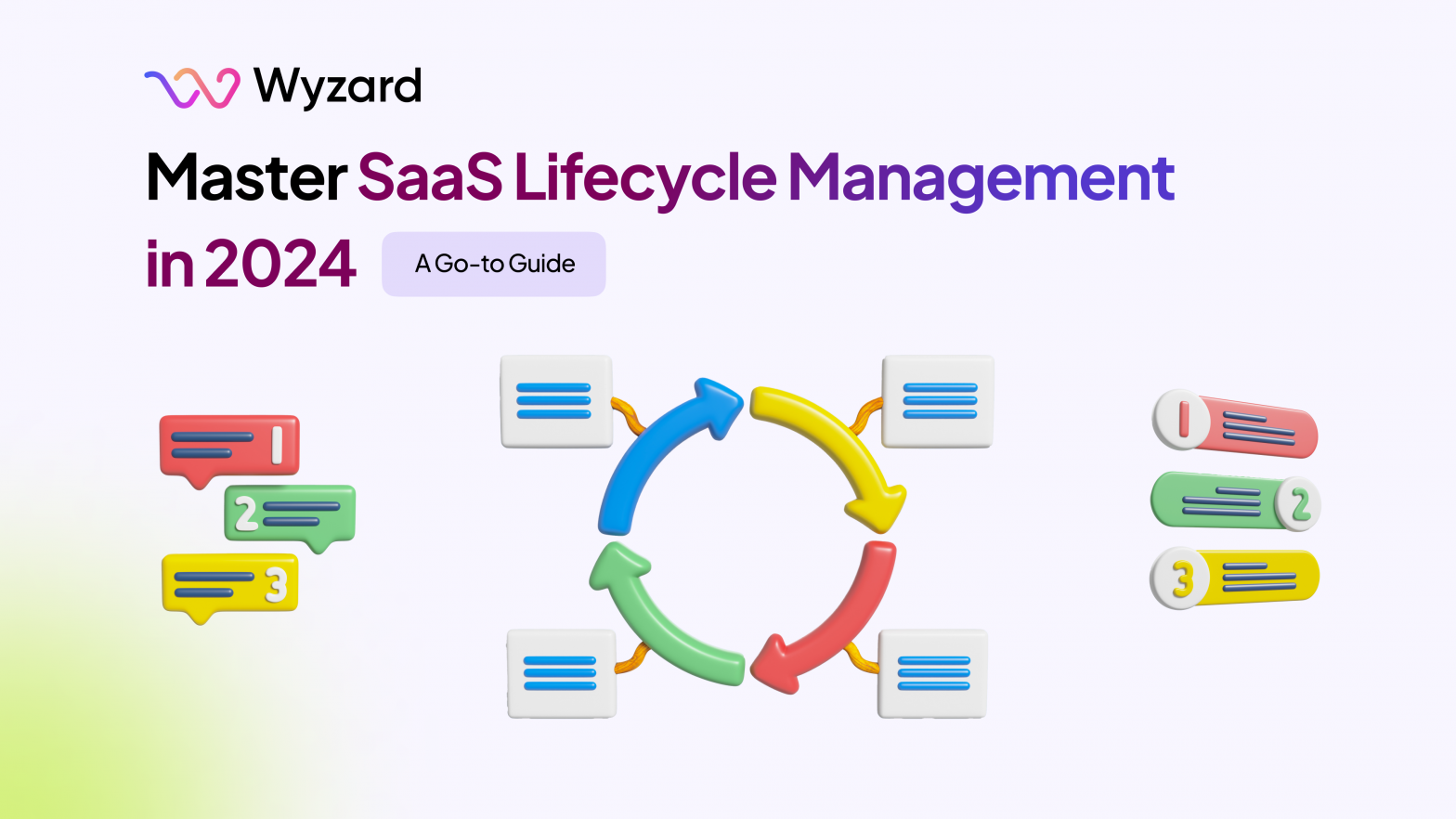

Subscribe Now
Businesses are rapidly moving towards cloud-based solutions to streamline every operation. However, this rapid adoption has led to a proliferation of SaaS applications, giving birth to new challenges in managing these diverse tools effectively.
According to a Gartner report, companies are investing in an average of 125 different SaaS applications, spending over $1,000 per employee annually.
Failing to implement effective SaaS lifecycle management can result in significant consequences. Some of the potential pitfalls are:
- Overspending on underutilized or redundant applications
- Security risks from unmonitored access
- Poor return on investment due to a lack of visibility
A classic recipe for chaos, inefficiency, and wasted resources!
On the other hand, a well-structured SaaS lifecycle management strategy can help you streamline the entire process from vendor selection to offboarding. You’d save more while ensuring better data security and maximum ROI from SaaS investments.
In this go-to SaaS lifecycle management guide, we’ll explore its essential stages and how a SaaS lifecycle management solution like Wyzard can simplify your entire process.
Let’s dive right in!
What is SaaS Lifecycle Management?
SaaS lifecycle management is the process of optimizing and managing SaaS applications from the moment they’re introduced into your organization until they’re eventually retired or replaced.
It’s a structured approach that ensures you have a clear strategy for adopting, using, and terminating these cloud-based solutions.
Without a well-defined SaaS lifecycle management process:
- Businesses often find themselves overwhelmed by a disorganized and unruly SaaS portfolio
- Applications are adopted haphazardly
- Licenses are underutilized, or duplicate tools are purchased
- Security risks arise from a lack of oversight
A structured SaaS lifecycle management process is crucial for maintaining order and, more importantly, for ensuring that your SaaS-related decisions are based on data rather than a reaction to an event.
6 Stages of SaaS Lifecycle Management
Alright, let’s dive into the nitty-gritty of SaaS lifecycle management. It’s a journey that begins with identifying your software and ends with either a happily-ever-after renewal or a courteous break-up—but with plenty of twists and turns in between.
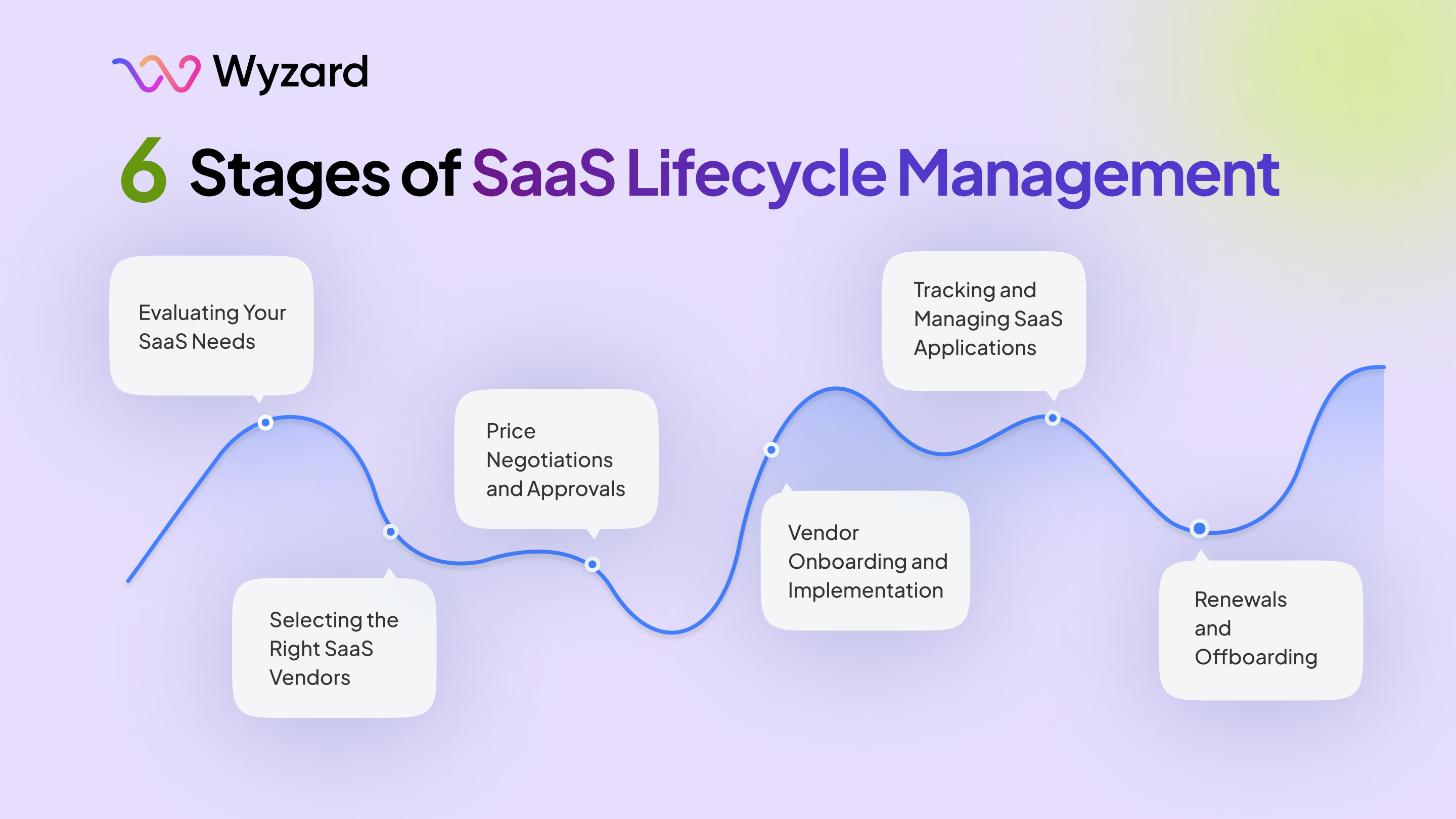
1. Evaluating Your SaaS Needs
The first step in effective SaaS lifecycle management is thoroughly assessing your organization’s requirements for SaaS solutions.
In this stage, you’ll identify the specific business functions and processes that could benefit from cloud-based applications.
Conducting a comprehensive audit of your existing SaaS portfolio is crucial at this stage. By evaluating the capabilities and limitations of your current applications, you can pinpoint areas where additional solutions are needed or where existing tools may require an upgrade or replacement.
Once you clearly understand your SaaS needs, you can develop a robust evaluation framework to guide the selection of new solutions. This framework should encompass criteria such as functionality, scalability, integration capabilities, and security features.
2. Selecting the Right SaaS Vendors
With a vast array of SaaS vendors in the market, choosing the right solution is bound to be challenging. When evaluating potential vendors, you should consider:
- Data security: Ensure the vendor’s security protocols and practices align with your organization’s data protection requirements and industry regulations.
- Ease of adoption: Assess the solution’s user-friendliness and the vendor’s training and support resources to facilitate seamless adoption within your organization.
- Customer support: A dedicated and responsive team can be invaluable, particularly during the initial implementation phase and for ongoing issue resolution.
Consider using SaaS procurement platforms like Wyzard to streamline the vendor selection process. These platforms provide vendor intelligence, expert recommendations, and pricing benchmarks. You can even compare potential vendors side-by-side based on your specific needs.
Conducting thorough due diligence and compliance checks is also crucial to mitigate potential risks and ensure that the vendor aligns with your organization’s values and policies.
3. Price Negotiations and Approvals
Don’t get fooled by the SaaS pricing page, which appears quite straightforward. There is always room for negotiation. Wyzard’s negotiation advisory can provide valuable guidance and strategies to help you secure the best possible deal with your chosen vendor.
It’s essential to identify any hidden costs or additional fees that may not be immediately apparent. Negotiating terms beyond just the base price, such as warranties, support services, software scalability, security features, and SLAs, can also lead to substantial savings.
Establishing clear approval workflows and involving the appropriate stakeholders throughout the negotiation process is crucial to ensure transparency and alignment within your organization.
4. Vendor Onboarding and Implementation
Once a SaaS vendor has been selected and the contract finalized, the next stage is to develop a comprehensive onboarding plan.
This should include mapping out ownership details, defining renewal and evaluation dates, and setting clear objectives and benchmarks to measure the impact of the SaaS solution within your organization.
Effective communication with the vendor is crucial during this stage. Clearly outline your company’s goals, timelines, and internal processes, and gather insights into the vendor’s implementation methodology and best practices.
Ensuring smooth user adoption is also crucial for successfully implementing a new SaaS solution. Provide your team with thorough training resources, such as tutorials, videos, and documentation, and implement a robust change management strategy to facilitate a seamless transition to the new technology.
5. Tracking and Managing SaaS Applications
After the initial implementation, the next stage involves ongoing monitoring and management of your SaaS applications. This includes tracking vendor performance against pre-defined key performance indicators (KPIs) and monitoring application usage across your organization.
Establishing clear communication channels and conducting periodic reviews with your SaaS vendors is essential to promptly address any issues or concerns. This also helps ensure that the solution continues to meet your changing needs.
Best practices for SaaS management also include maintaining comprehensive documentation of vendor details, contract terms, and usage metrics. This information will be invaluable when evaluating renewal or offboarding decisions.
6. Renewals and Offboarding
The final stage of the SaaS lifecycle management process revolves around making informed decisions regarding contract renewals or offboarding specific vendors. This decision should be driven by a thorough evaluation of the application’s performance data, user feedback, and alignment with your organization’s changing needs.
A key objective at this stage is to reduce SaaS wastage and optimize your overall SaaS spending. With SaaS spend management tools like Wyzard, you can track the usage of your SaaS stack with respect to Vendors, Categories, and Teams. They allow you to identify your underutilized tools and decide whether to cancel the subscription or move to a lower pricing tier.
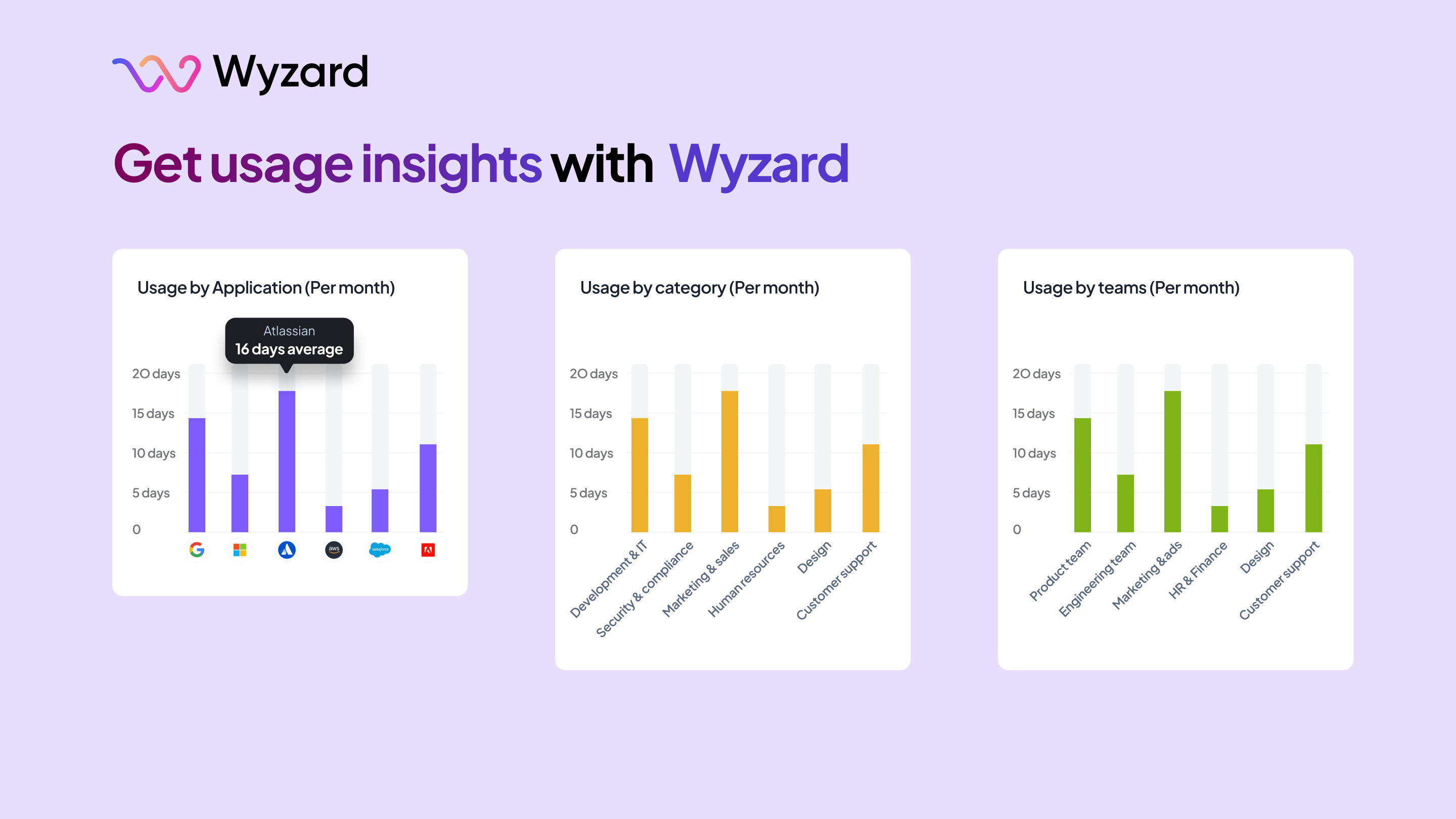
If offboarding a vendor is deemed necessary, it’s crucial to ensure a safe and compliant data preservation process. This includes securely transferring or archiving any relevant data and revoking access privileges to protect your organization’s sensitive information.
Importance of Effective SaaS Lifecycle Management
You know how the saying goes—with great SaaS comes great responsibility. Mastering the SaaS lifecycle management process ensures you stay miles away from costly blunders.
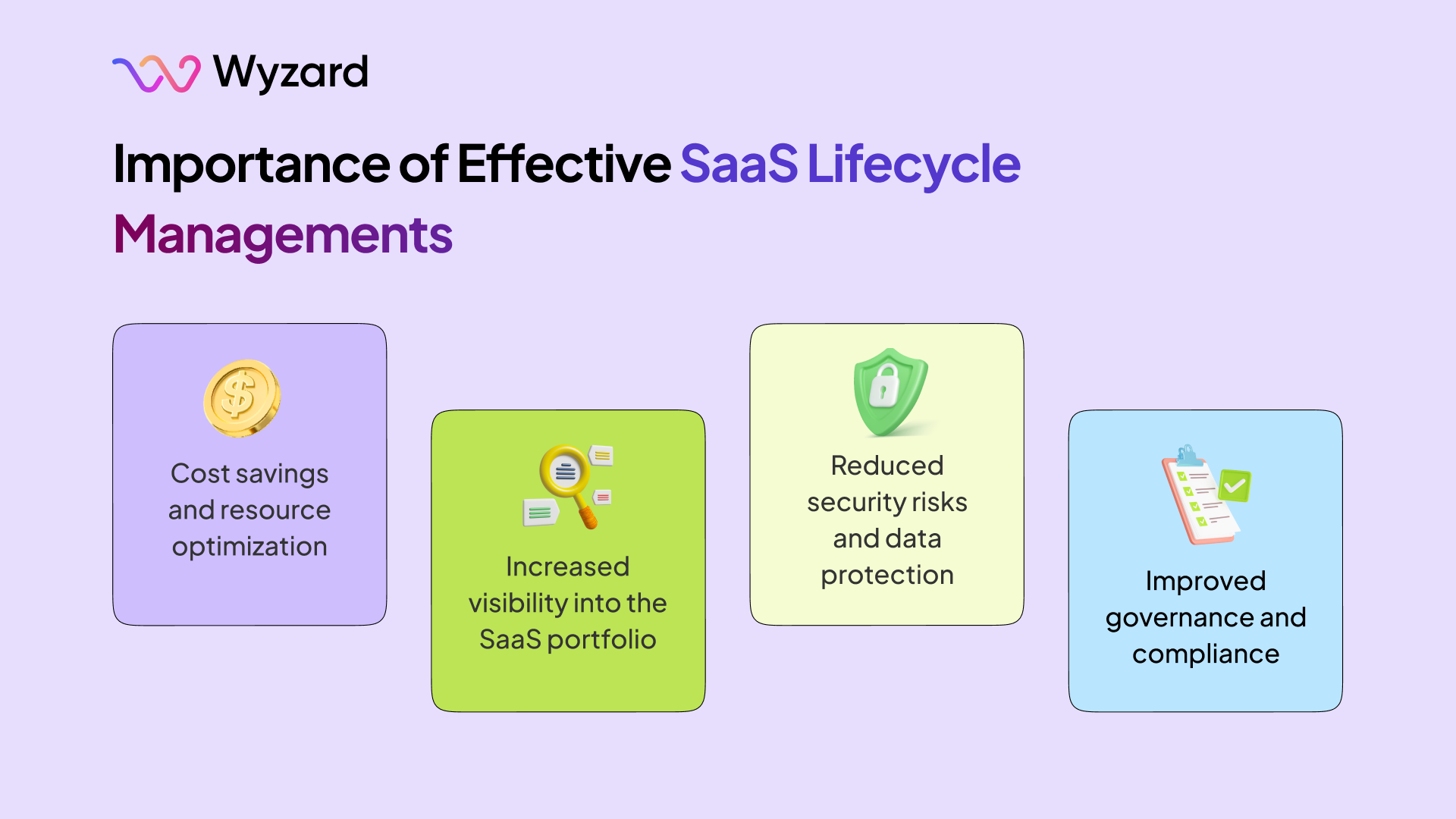
1. Cost savings and resource optimization
Effective SaaS lifecycle management helps you comprehensively view your SaaS portfolio. This allows you to identify redundant or underutilized applications that unnecessarily drain your budget.
Streamlining your portfolio eliminates these wasteful expenditures and allows you to negotiate better pricing and terms with vendors, leveraging your organization’s collective purchasing power and volume discounts.
Moreover, automating routine tasks and processes associated with SaaS management can significantly enhance operational efficiency. From vendor onboarding to contract renewals, automation reduces administrative overhead, freeing up valuable resources that can be reallocated to more strategic initiatives.
Organizations implementing robust SaaS lifecycle management strategies can witness cost savings of up to 30% on their software spend.
2. Increased visibility into the SaaS portfolio
Effective SaaS lifecycle management provides comprehensive visibility into your organization’s software portfolio.
You gain insight into application usage patterns, costs, and performance metrics across teams and departments. This visibility enables data-driven decision-making, allowing you to prioritize high-value solutions, identify consolidation opportunities, and maximize ROI.
With detailed analytics, you can track KPIs, monitor vendor performance, and optimize your portfolio accordingly.
3. Reduced security risks and data protection
Unmanaged SaaS adoption introduces significant security vulnerabilities, leaving your organization exposed to data breaches, unauthorized access, and regulatory non-compliance penalties.
SaaS lifecycle management mitigates these risks through strict vendor vetting, robust security protocol implementation, and secure data handling practices throughout the application lifecycle.
By prioritizing data protection, you safeguard sensitive information and uphold your organization’s reputation.
4. Improved governance and compliance
As SaaS portfolios expand across teams and departments, maintaining governance and regulatory compliance becomes increasingly complex.
A structured lifecycle management approach establishes consistent policies, approval workflows, and accountability measures organization-wide.
This enables adherence to internal standards, industry regulations (GDPR, HIPAA, etc.), and vendor SLAs, mitigating legal and financial risks while fostering transparency and oversight.
How a SaaS Lifecycle Management Tool Can Help
SaaS lifecycle management can be daunting, but a dedicated platform like Wyzard can simplify the process and significantly benefit your organization.
Wyzard’s AI-powered solution streamlines every stage of the SaaS lifecycle, from intelligent SaaS procurement and centralized management to comprehensive spend analytics and an intelligent contract vault.
With Wyzard, you gain a complete view of your SaaS portfolio, which helps you with data-driven decision-making and optimized resource allocation.
Wyzard’s “Discover” feature provides you with a proprietary database of SaaS solutions, providing transparency into product features, pricing models, and industry-specific use cases, ensuring you select the best-fit options for your needs.
Additionally, Wyzard’s cloud procurement advisory team leverages proven tactics to secure optimal pricing and favorable contract terms during negotiations.
Once your SaaS solutions are in place, Wyzard’s centralized management capabilities offer complete visibility into usage patterns, spend dynamics, and contractual obligations. With these insights, you can proactively identify optimization opportunities, eliminate redundancies, and ensure compliance across your SaaS portfolio.
Wyzard’s intelligent contract vault streamlines contract management, providing secure storage, easy access, and automated alerts for upcoming renewals, ensuring you never miss critical deadlines or inadvertently trigger auto-renewals at unfavorable terms.
Other blogs
The latest industry news, interviews, technologies, and resources.
March 17, 2025
How LLM-Based AI Agents are Simplifying the Software Buying Process for Businesses
Let’s talk about something that’s becoming a game-changer in our daily lives: AI agents. Think of them as your ...

March 11, 2025
Is Your Business Ready for CRM Software? Find Out Now!
Running a small business can feel like juggling a million things at once. You are busy with customers, ensuring ...

Subscribe
Today!
Error: Contact form not found.
Subscribe to learn about new product features, the latest in technology, solutions, and updates.
 Meet Us at
Meet Us at 
